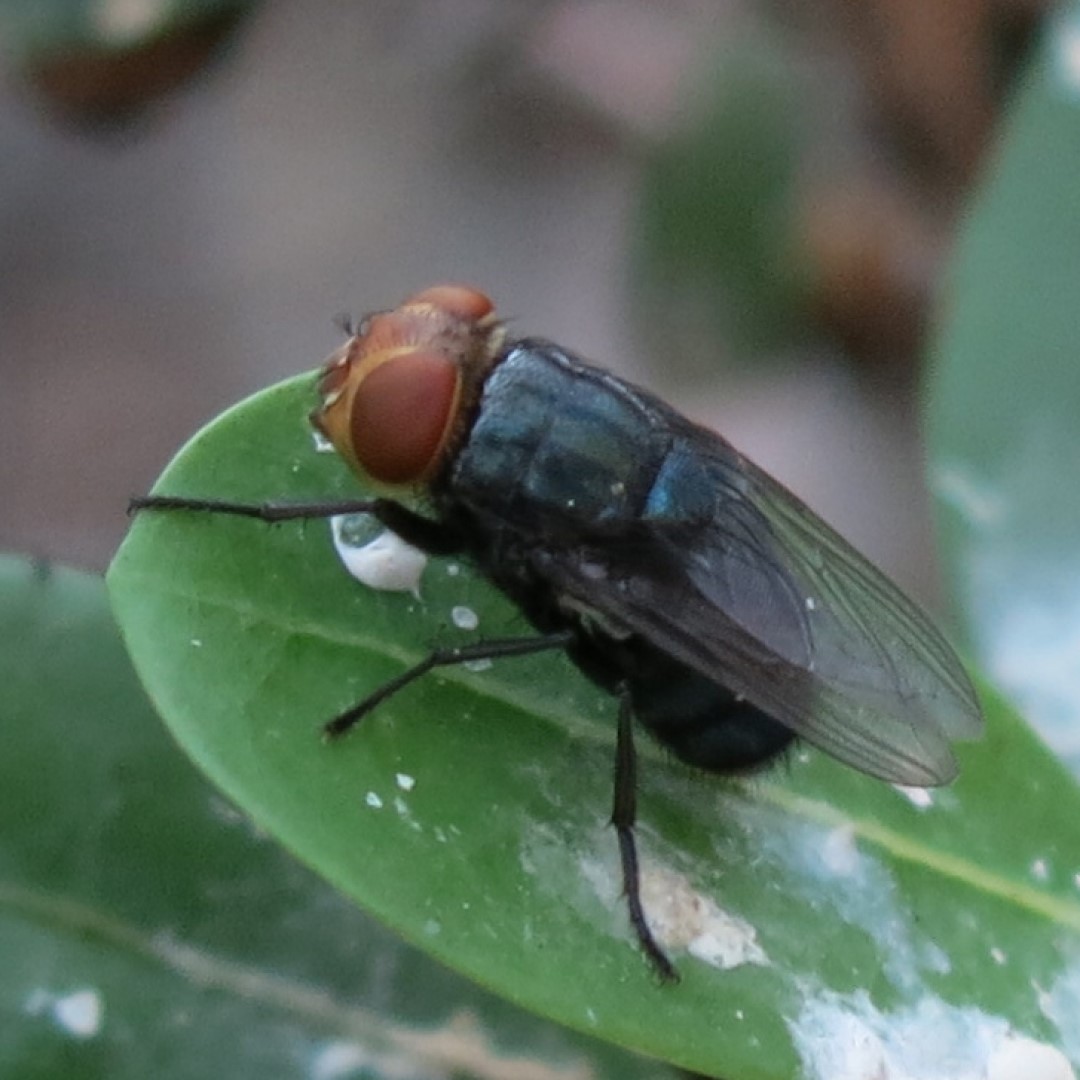
Mexico Notified United States of New World Screwworm Detection
On Nov. 22, 2024, the Chief Veterinary Officer of Mexico notified the U.S. Department of Agriculture’s (USDA) Animal and Plant Health Inspection Service (APHIS) of a positive detection of New World screwworm (NWS) in Mexico. The NWS was found in a cow in the southern Mexico state of Chiapas, at an inspection checkpoint close to the border with Guatemala.
New World screwworm (NWS, Cochliomyia hominivorax) is a devastating pest. NWS maggots can infest livestock and other warm-blooded animals, including people. They most often enter an animal through an open wound and feed on the animal’s living flesh. While they can fly much farther under ideal conditions, adult flies generally do not travel more than a couple of miles if there are suitable host animals in the area. Since 2006, APHIS has collaborated with Panama to maintain a barrier zone in eastern Panama, working to prevent the northward movement of NWS from South America to NWS-free areas in Central and North America.
NWS is endemic in Cuba, Haiti, the Dominican Republic, and countries in South America, with cases spreading north to Costa Rica, Nicaragua, Honduras, Guatemala, and now Mexico. Although USDA eradicated NWS from the United States in 1966 using sterile insect technique, there is a constant risk of re-introduction into the United States. In 2023, NWS detections in Panama exploded from an average of 25 cases per year to more than 6,500 cases in 1 year.
Tags:
Source: U.S. Department of Agriculture
Credit: Photo: New World screwworm (NWS, Cochliomyia hominivorax). Courtesy: U.S. Department of Agriculture.
